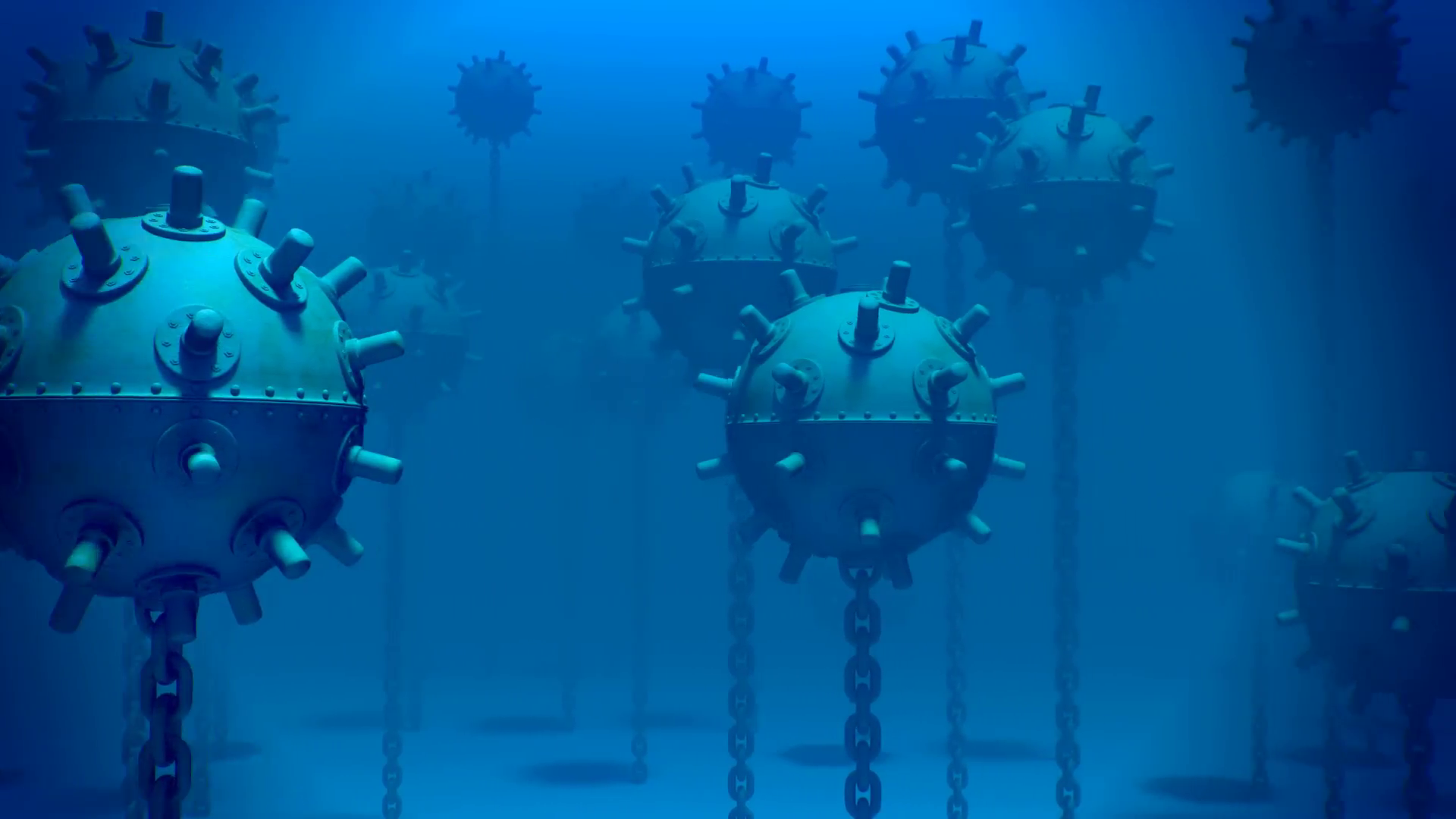When one picks up "The Free Sea: The American Fight for Freedom of Navigation" by James Kraska and Raul Pedrozo, they will soon find themselves asking if this book is a diplomatic history, a history of the merchant marine, a naval history, or a political history. The Free Sea is, in fact, all of these.
Sea Mines in Amphibious Operations
It is vital that alongside expensive amphibious assault ships a navy invests in mine warfare equipment and training, otherwise, the procurement of an amphibious capability will have been in vain. Naval mines are not going anywhere soon...nor will amphibious operations if they lack the ability to deal with sea mines.
Q-Boats and Chaos: Hybrid War on the High Seas
Maritime hybrid warfare has the potential to become a major issue across all the levels of warfare. Its methods are numerous, but will likely involve autonomous systems, drones, Q-boats, little blue sailors, cyber-attacks, and propaganda. Ultimately, these methods will be hard to combat, but their effects can be reduced.
Distributed Lethality and the Failure to Break Naval Stovepipes
The U.S. Navy faces a demanding challenge to recover its ability to generate high tempo unrelenting operations. A skilled naval maneuver warfare capacity creates a multiplicity of overwhelming dilemmas for an enemy that shatters the enemy’s cohesion through unexpected but highly coordinated actions on, over, below and from the sea, including fully employing the advantages of littoral and archipelagic terrain.
Distributed Lethality and the Importance of Ship Repair
In the post-Cold War era, the U.S. Navy’s surface fleet has been operating around three general concepts: carrier strike group defensive protection, land-attack missions, and ballistic missile defense. In the absence of a blue water adversary, and few contested areas, the Pentagon emphasized these cost-saving and efficient concepts in an attempt to overcome an evolving threat environment. This article will define and explain a new concept of operations called distributed lethality.
Dark Matter, Fisheries, and Non-Governmental Organizations
As demonstrated by many contemporary cases - science fiction can become reality. In the Canadian television series Dark Matter, both governments and corporations own warships. They also employ mercenaries in a never-ending quest for strategic resources and advantages over their competitors. During the first season, corporate-funded gangs and other proxy combatants battle one another, while state-on-state conflict is simply non-existent or omitted. This concept is not confined to the imagination of science fiction writers; for the past decade, maritime non-governmental organizations, private maritime security companies and fishing corporations have engaged one another on the high seas. The South China Sea is ripe for a clash not of civilizations, but of fishing fleets and other state-sponsored surrogates.
Sea Power: A Personal Theory of the Power of Opportunity
Air and land power leave monuments to teach us of their authority: from the House of Commons’ bomb-scorched archway to the nation-wide wreckage of the Syrian Civil War. Sea power’s traces are washed away by its namesake — no rubble marking the battle of USS Monitor vs. CSS Virginia nor shattered remains of the convoys from the Battle of the Atlantic. The power with which the sea consumes is the same power with which sea power is imbued. Sea power’s force, persistence, and fluidity –the vast opportunities afforded by the sea — create three properties: the gravitational, phantasmal, and kinetic manifestations of its power.








